EPISODE 5: Meeting Patients Where They Are in a Value-Based Care System, featuring Dr. Chris Chen, ChenMed
“COVID made the case for more risk-based, value-based care…COVID [sped] up the timeline on how healthcare’s move away from fee-for-service should occur and towards full-risk, value-based care.”
— Dr. Chris Chen, ChenMed
Dr. Chris Chen, CEO of ChenMed and a LAN CEO Forum member, joins host Aparna Higgins, Senior Policy Fellow at the Duke-Margolis Center for Health Policy at Duke University and Senior Advisor to the LAN, for an in-depth conversation that covers topics such as why risk must be two-sided, how value-based providers fared during the COVID pandemic, and Dr. Chen’s own experiences as both a COVID patient and a provider. The episode also delves into social determinants of health, how value-based payment systems and two-sided risk can promote health equity, and the better outcomes ChenMed patients experienced during COVID due to ChenMed’s risk and value-based approach.
Episode Q & A
(01:43) For our conversation today, I would like to focus broadly on three critical topics that you and ChenMed are currently addressing, which were also key topics at this year’s LAN Summit: COVID response, health equity, and APM design and care delivery transformation. I wanted to start off by first focusing on the response to the COVID-19 pandemic. How has ChenMed responded to the COVID pandemic, both for the patients you serve but also for your own employees?
Two words, ludicrous safety. For patients that meant something different than for employees. For us, it meant keeping them happy, healthy, and at home. So, our patients are older, they have multiple, complex chronic conditions, and this was a virus that really attacks them, right? And so, we initially were trying to keep them home and safe in those early stages. In a very short amount of time, I think it was something like 10 days, we went from essentially 90% in-person visits to almost a hundred percent virtual visits. And then what we did after that was, we prioritized our sickest patients, picked them up in a safe way, and then brought them into our centers that were also practicing the concept of ludicrous safety and then brought them home.
The other thing that we had to do is we had to meet our patients where the need existed. Let me tell you what I meant by that. Early on in the pandemic, when folks were really panicking, and there was a lot of fear and people were starting to sort of stockpile things, we noticed that a lot of our seniors were going out trying to get supplies, and that was really putting [them] at risk. So, that was a very unique need. So, we empowered our teams to say, no, talk to your patients, help to keep them happy and healthy at home and go out and get them toilet paper, if necessary, right? Go and get and bring them groceries. So, that way you can keep them ludicrously safe. And then we added on top of that, something called “love calls” so we can understand what their needs were.
So, what’s a love call? We have patients that are living alone, that are older, that were isolated, and they were really scared. So, first things first, we wanted to make love calls, to say and give [them] assurances and say, “Hey, we’re here for you.” We have not shut down. We’re here to support you, not just clinically. We’re here to support you for whatever your needs are. And then, of course, then they would communicate that with us and that empowered our healthy, happy, and at home initiative. And then we, once the vaccine came out, we promoted this award-winning campaign called Vax the Nation. It was fun. We had t-shirts made, hats made, sent it out to all of our patients. Now let’s pivot to employees, right? So, workforce management was really important.
And especially during COVID, you would win or lose by how your employees, how well you took care of them. So, we were also ludicrously safe for employees. First, of course, like everybody else, we went through, we sent people for remote work where it was possible. We had plenty of PPE, and we created very stringent guidelines to stop the spread of the virus. We added additional second PTO days to help employees address their new elder and childcare issues. And then we were in constant communication to update employees about that. There was a time where I was doing video chats and video conversations three times a week. So, I was sending them out through our chat system to say, hey, let me do a quick five minute. So, you know what’s happening at its earliest stages. At the later stages, when the vaccine came out, actually we were one of the first companies to mandate the vaccine, and our turnover rate was exquisitely low. That sort of combined our overall approach.
(06:28) I know you've had your own personal experience with COVID, and we're all very glad that you're healthy and well and here with us today. How has your experience receiving care informed how your patients receive care for COVID specifically and then sort of more broadly in terms of just general healthcare in terms of how is it transformed the way you think about how your patients receive care?
In a very short amount of time, COVID took everything I had. And it felt like I was dying in solitary confinement. It was very challenging, and the biggest part about it was, it was a surprise to me.
When I developed COVID, I was actually in race shape for triathlons. I was in highly competitive shape. And I was really naive about what life was like on the other side of the ICU glass and literally it was an ICU glass. Doctors would come by, call you on the phone, and you would answer it. The room nurses, they spent as little time as possible. They were really worried about their own safety, which made complete sense. And so, one of my strongest skills coming out of my medical training was actually in critical care. I remember trading my ambulatory, some of my other electives, to spend more time in critical care. Cause I liked it so much, and I conducted countless blood gases, central lines. But I’ve never had a blood gas done to me. I’ve given so many blood thinners to people. I’m a heart doctor by training. So, blood thinners [are] something that it’s almost in the water, right? But I’ve never had to take blood thinners and take an injection in my stomach, which I’ve done to many patients. I also never knew the feeling of at least feeling like you were strapped down and poked and prodded every few hours. And this feeling of all the cords, it’s really weird. You’re not strapped down, but you have so many cords and wires coming in all over you, you can’t move, you feel functionally strapped down. And then, of course, I would tell patients that try to get some sleep.
And there’s all this beeping. There’s all this stuff all over you. And I haven’t showered or bathed. I’m just sweating from all my high fevers for now, by that point, it had to be like nine days of hundred and three fevers. And you can’t get [out of] bed. It was challenging. And I remember there was one night where I was right at the edge of being ventilated. And I had a nurse that I credit to possibly even saving my life because she kept on pulling open the door and yelling at me and saying, she had a Jamaican accent, and she said, “you got to breathe for me”. It was like 2:00 AM the morning and she would wake me up because, of course, what was happening was when I went to sleep, I was finally running out of energy to keep my breathing rate at that high level. My oxygen would go down, and so she would slide the door and yell at me and make me breathe again. That was the hardest night. If I didn’t respond the way she liked, she would’ve pushed the button and I would’ve lost all ability to make my own decisions. I would’ve been a casualty of the ventilator, which, of course, the mortality associated with that in those early stages of COVID was very high. If I was that close to death, I knew our older patients with multiple chronic conditions, complex conditions didn’t stand a chance. My experience drove home the importance of actually helping patients stay healthy and out of a situation like that. No one should ever experience what I experienced. It was traumatic.
(10:48) Reflecting on some of the changes that you mentioned earlier in terms of the ludicrous safety and keeping your patients at home and healthy and happy, what lessons have you learned from the pandemic and providing care in the pandemic that will inform patient care once things return to more of a normal footing?
COVID made the case for more risk-based, value-based care. Given my very rough relationship with COVID, it’s hard for me to say this, but it’s like, thank you, COVID, for speeding up the timeline on how healthcare’s move away from fee-for-service should occur and towards full-risk, value-based care. It made it more relevant and more important. Fee-for-service, of course, would’ve eventually collapsed or would eventually collapse under its own weight anyway, because it doesn’t work. And a system that thrives on billing for sick care in rewarding maximization of elective procedures, it’s not sustainable. But look what happened when people stopped going to the doctor and hospitals canceled the elective procedures. You had all these medical practices and hospitals hemorrhaging money, and people understood that fee-for-service primary care groups simply couldn’t survive this financial crisis.
But on the other hand, groups like ours, risk-based value-based care models not only can survive during these types of crises, but it thrived during this crisis as an organization. And in addition, our patients thrived. In a risk-based model, doctors eliminate need. Because they’re moving upstream, they’re more proactive, they’re not reactive. And so, our ChenMed focus on wellness and prevention decreases the need for those downstream events. And then providers are then rewarded for taking care of and being accountable for these outcomes and for patients that thrived during the COVID era.
(13:32) The pandemic exposed glaring holes, as you know, in coverage and care for underserved populations. Could you talk a little bit about what roles APMs play in advancing health equity?
APMs allow providers to meet patients’ needs where the need exists and, and that includes housing, food, and transportation challenges.
COVID impacted minorities, particularly African Americans and Hispanic populations, at a much higher than white people, both in terms of infection and mortality. So, for example, the mortality rate for African Americans with COVID-19 is 3.8 times more than whites. Amongst Hispanics, the data supports that it’s roughly two and a half, 2.5 times more than whites. So, it’s a much more serious disease for minorities, but the virus is also dangerous for the elderly. Right? And most of our patients happen to be lower income African American or Hispanic seniors with multiple chronic complex conditions. So, it’s like the perfect storm. Right? And this demographic, they don’t trust information from the government, the media. They were really pressed to figure out what they could trust.
Also, they didn’t have the resources to protect themselves from a crowded home environment, right? Many of our patients were multi-generational houses. I remember going to one home where I had three generations living in a two-bedroom apartment. So, we worked extra hard to educate and support our patients throughout this pandemic. But in addition to what I already mentioned, [let me] just give you some examples of really meeting the patients that they need. We handed out tablets and instructed patients on how to use those tablets. So, they could have video visits. Many of our patients didn’t have Wi-Fi, so they had to be wireless tablets, right? So, you really have to figure out what the challenge is in those unique environments. And the more complex the environment is the greater the range of potential need.
There is no one size fits all. We also delivered their medications to them so they wouldn’t have to leave their homes. We talked about toilet paper, right? Or groceries. The key was the flexibility of our full-risk model allowed us to meet patient’s needs where these needs existed. So, you figure out what their need is. The full-risk model allows you to do that, and then says, let’s create a solution for those needs and, and these sorts of needs. They’re really imbalanced by society. It’s just, and you can’t always predict what they are. Now, when you compare our hospitalization rates for African Americans during COVID to CMS data, the results speak for themselves. We were one third lower than the baseline, right? And just think about the kind of patients that we have. We target the old, the poor, the minority, and the sick, and yet, we did better.
(18:04) I'm curious about what are some of the biggest challenges to implementing effective health equity initiatives more broadly and what can be done to address those challenges?
Health equity initiatives are worthless if people can’t get to the doctor. I know it sounds very basic, but that’s important. The biggest challenge to fee-for-service providers is they only want to build facilities where people can afford care, right? And so, this approach creates huge health equity issues. We do something very different. ChenMed goes directly into communities that fee-for-service organizations are abandoning. Essentially, ChenMed brings light to the darkness. And in this process, we transform lives and communities, and we can drive better health. And we’re growing very rapidly because we’re seeing demand increase, right? Just think about where people are building healthcare access and increasing healthcare access and building facilities. So, currently today we have about a hundred centers in about 13 states. But we have a pretty aggressive growth plan to add hundreds more centers over the next few years. The second biggest challenge is what we call the socioeconomic barriers to good health. This includes housing, food insecurities, lack of transportation, and health literacy issues.
ChenMed believes, that 70% of healthcare is based on lifestyle choices. Obviously as a heart doctor, that number is greater than 70.
Almost half of cancers are due to lifestyles and behaviors. The beautiful thing about the full-risk, value-based care model is that it allows us to keep our panel sizes pretty small. So, our doctors, our primary care doctors, take care of about 450 patients. If you look at what the normal primary care doctor to patient ratio is in America, it’s somewhere between 2,300 to 2,500 to one. In our neighborhoods, it’s probably over 3,000 to one. But when you have smaller panel sizes, it means that we can spend, or at least according to data that we do spend, ten times more time with patients than your typical fee-for-service doctor. And that doesn’t mean per visit. That means more visits, right? It means that we get to know our patients a lot more, we get to build trust. And when you build trust, you use that trust to influence behaviors, and you can coach them to get to better health and to avoid costly hospitalizations.
If you’re trying to change behaviors, you can’t do that without building that relationship. And it requires time and repetition to build that relationship, to earn that trust. Our model also allows us, the ChenMed model, the flexibility to transport patients to appointments and then home, if they don’t have transportation, or social workers, they can help patients identify social needs or social services needs for food and housing. We have examples where we’re helping our patients find safe housing. A lot of our patients don’t even have safe housing because there’s a drug dealer in the house. Seriously, these are real issues here. And so, we can be creative and solve those needs and pay for the ability to solve those unique needs. Our educational programs, cooking classes, Tai Chi classes for people at risk for falling and have Parkinson’s disease. We can teach [them] about how to exercise, the importance of vaccinations. Those are all things that we can do in our full-risk model. And that are a part of our normal model.
(22:52) You mentioned health literacy explicitly, and I'm curious about how you incorporate that? How one can incorporate that as you think about changing health, health behaviors?
Health literacy is all about coaching and teaching. When people are illiterate it’s because nobody has spent the time to actually help them get literate, number one. And number two, they don’t trust what they’re hearing. So, if you can develop a trusted relationship with a PCP and that PCP has enough time to get you health literate or their PCP and their care team, cause each of our PCPs have a care team that surrounds [them]. Then what we’re going to do is we’re going to make up for all the lack of investment that these patients have had their entire lives.
(24:04) You've talked about the importance of full-risk models and the role that they can play an identifying need in meeting patients’ needs and therefore promoting health equity. Are there other model design elements that would be important to be deliberate about in terms of design and implementation to promote health equity?
The global full-risk capitated model is best suited for promoting health equity. Global risk gives you the resources to build the prevention system and the dollars from the entire premium, they can be reallocated to create a system that’s robust, that can prevent these expensive downstream, acute events. We talked about before that you don’t always, it’s not a one size fits all. You’re talking about a highly complex situation, and you got to figure out how to create the right interventions at the right time for the right patients. And so, you, that premium dollar next risk must be two-sided. Capitation only works when the potential for savings is balanced with the healthy respect for the losses. You got to do it. The data supports that, right? When it’s all only upside, why do people need to change? So, you’re trying to a force change. So yes, our model is about changing behaviors of patients, but the people that you need to help change the behavior of patients need to have their behaviors changed. And they’re only going to change their behaviors if there’s upside and there’s potential downside. The other thing, too, is that two-sided risk also allows doctors to lean into patient care, focus on prevention, and manage health issues with an eye towards the long term.
And the wellbeing of the patients. So, it’s a different way of thinking. Fee-for-service is right here, right now. I pull a lever. I get paid.
When you’re at global risk upside and downside, you’re like I’m going to pull a lot of levers, and all that’s going to come together, and it’s either going to create a great outcome or not a great outcome. And I’m on the hook for both. That’s where you want to be. Also, risk has to be adjusted to avoid cherry picking and avoid the massive disparities in health outcomes by race and ethnicity. You know, you can’t pay doctors the same to treat populations that have, that need more services, more access that take more resources to manage and expect improvements in health. The more complex, and it’s not just sickness and clinical issues, the more complex the situation is, the harder it is to get an anticipated outcome. And if you don’t adjust for them properly, you’re going to get a lot of cherry picking.
I can tell you, for example, a patient with poorly controlled diabetes that lives alone or lives in a particular neighborhood, or that has health literacy issues or has food insecurity, is far more complex and more difficult to manage and you get far different outcomes than in a patient who doesn’t have those issues. And so, you have to be careful when you’re designing a system that you don’t incentivize doctors to try to get rid of, out of their practice, the ones who really need the care. Because there’s great complexity and they need an amazing advanced primary care doctor to go and help solve their issues.
(28:06) Can you talk about how your model of care has improved outcomes and quality of care for your patients?
We focus on outcomes, and we have improved health and reduced unnecessary hospitalizations by about 30 to 50%, depending on various publications that we’ve pushed out. And we find that true in a multitude of ways. We find that we are superior in cancer survivor rate for survival rates at six. We find that for reduction of stroke, reduction of heart failure, admissions even. Right now, we do better with COVID. We have fewer COVID admissions compared to the baselines, higher vaccination rates. When our patients get COVID, they have lower hospitalization rates. When they do go to the hospital, they have lower mortality rates. So, really cool data coming out, and we believe that our model actually can help our patients live five plus years longer.
And, of course, that’s really messy data, so we’re trying to figure out the right ways to publish that. But we know it’s meaningful. It’s large, and it’s greater than five years. How much we don’t know. Of course, the patients that live in our neighborhoods, they tend to have much lower life expectancies than people in wealthier neighborhoods. So of course, that’s all being studied right now. But, you know, I just want to quote one study that we published. The American Journal of Preventative Cardiology did a study, or we published a study, where we demonstrated how our high touch primary care model reduces mortality among seniors with COVID and early cardiovascular risk factors by 40%. So, it’s not crazy this 30 to 50% corridor of improvement of outcomes, essentially across the way seems to be a consistent theme. So, it works.
(30:23) Could you talk a little bit about how you think care will be different, generally speaking, in the next one to five years, let's say?
On one hand, the technologic capabilities of AI, machine learning, virtual care, home care, and improvement in diagnostic tools. They’re just amazing, and they’re getting better. And I believe there’s going to be an exponential improvement in all of the things I just mentioned. And also, the flow of disruptive companies trying to change things is truly fantastic. We’re seeing just a plethora of what I call ChenMed emulators. Like they see what we’ve been able to do, and they’re like, we want to give it a shot at that. And we think that’s wonderful, actually. You’re like Chris, you’re excited about additional competition? Yes!
Because we haven’t even penetrated a percent of the needy population. So, you need hundreds, thousands, more ChenMeds, if you will, out there. That’s going to really help to transform care. And I also think there’s been an increase, a positive push to move away from fee-for-service. Even in original Medicare with the promising new ACO Reach programs. They can really continue to drive transformation and how doctors approach care. However, and this is the sobering fact here, there are about 4 trillion reasons on an annual basis to prevent change. And those 4 trillion reasons, of course, that’s the amount of money spent on healthcare, right? That’s roughly a fifth of the U.S. GDP has that much reason to stop change. You know, talk of disruption in healthcare is just decades old. I remember going to medical school decades, a couple decades ago or now more, and hearing that what we have here in this fee-for-service model, it’s not sustainable, and I’m hearing the same thing.
But the incumbents that are now getting bigger and more powerful and more consolidated and tend to be the largest employer or one or two of the largest employers in every single city in America today, you know, has a lot riding on the ability to maintain the status quo, so that’s gonna be the tension, right? And it’s not bad people. They’re just, the system is built in that way. And so, most likely we’ll see very uneven change by market, by stage. We’ve been watching what I, what we, call the moral imperative to change take, hold onto different people at different stages. And by people, I mean, leaders who are leaders in healthcare at different stages, right? And so, some people and populations I believe, in the future, will get care that looks very different. Like our patients that are ChenMed patients. They’re going to get care that’s radically different and get great results. And then they’re gonna be patients in a lot of these neighborhoods where I actually think there will be no change, or it’ll get worse. We believe that health disparities will increase with this change. Workforce labor costs going up. We think it’s gonna accelerate the separation between building more access and more care in higher income populations with a better payer and increase abandonment in lower income areas. So, our organization, ChenMed, is getting ready for the increased demand. So, that way we can bring light and better health to more and more neighborhoods. Sort of tie this all together.
My hope is that better and more innovative, higher value care can be accessed by more and more people without means than historically the underserved population has access to. And we’re excited about that. We’re being welcomed in ways by these communities that are just really encouraging and really inspiring, just to even us. And that’s what ChenMed is working tirelessly to do, to ensure we wanna bring the very best to those who need it the most. We’re gonna bring concierge medicine on steroids. VIP care. That’s what we call it. To some of the most underserved people. And we have this amazing opportunity to drive purpose, to transform care, to unlock creativity in the neighborhoods that need innovation and creativity every day. And we’re really excited about that. And lastly, if everyone becomes the change we want to see, and if people are committed to the LAN vision and continue to press on, despite the barriers, the incumbents, and they can push through and stay very steady, we can disrupt the status quo collectively and bring at scale what we at ChenMed get to see every day in the communities that we serve.


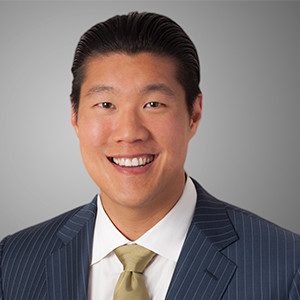
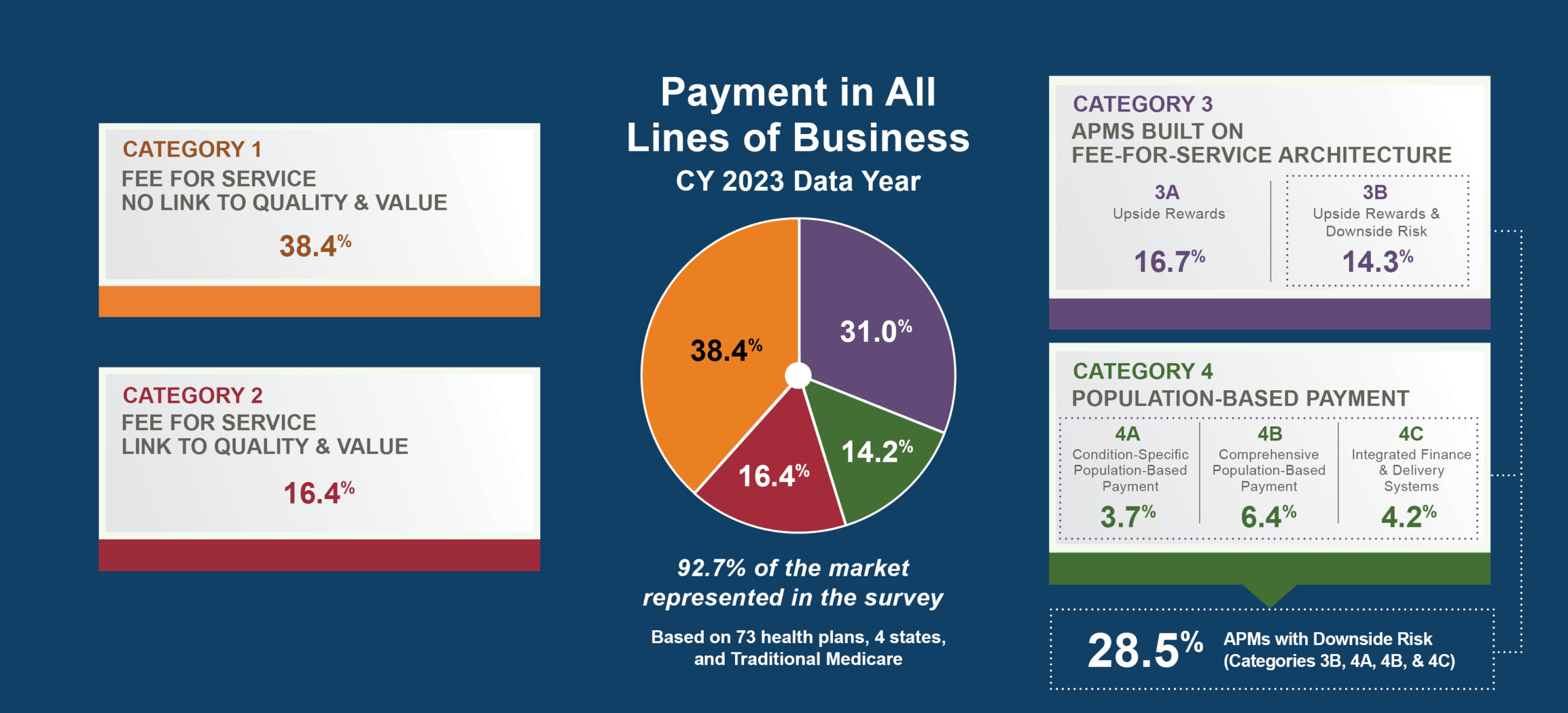
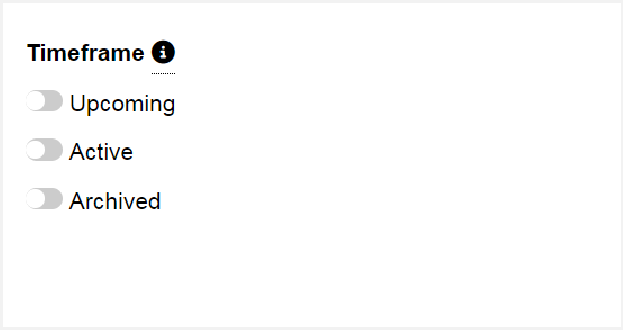
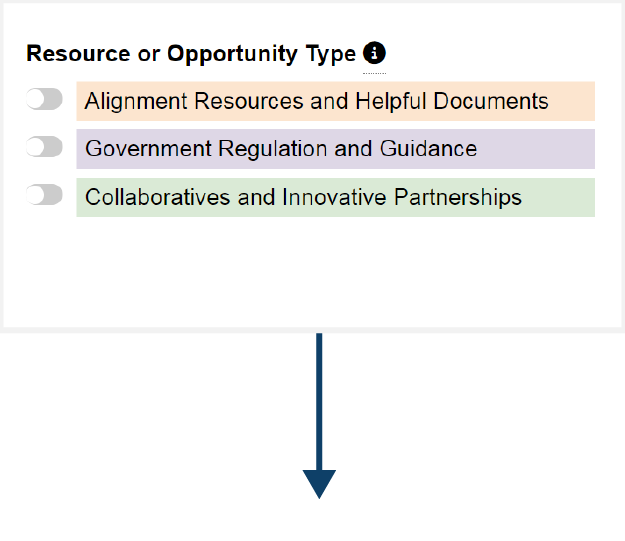
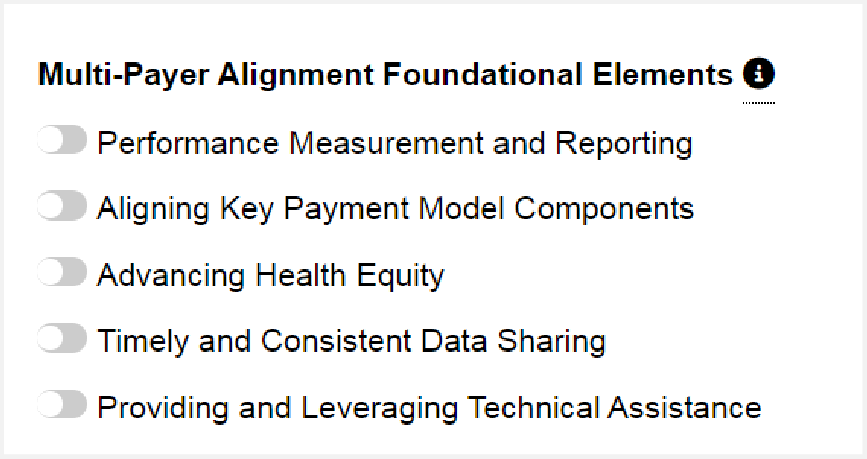



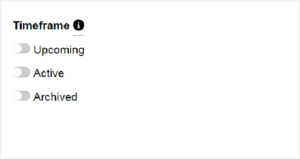
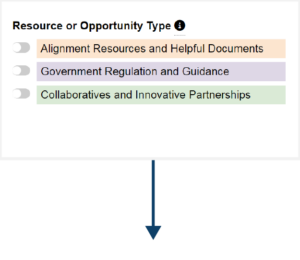

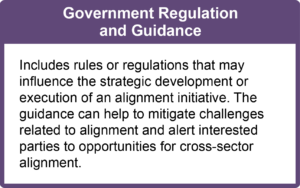
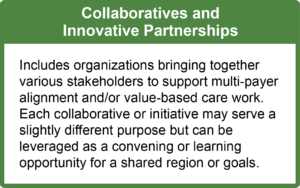
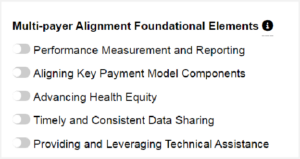




 Emily DuHamel Brower, M.B.A., is senior vice president of clinical integration and physician services for Trinity Health. Emphasizing clinical integration and payment model transformation, Ms. Brower provides strategic direction related to the evolving accountable healthcare environment with strong results. Her team is currently accountable for $10.4B of medical expense for 1.6M lives in Medicare Accountable Care Organizations (ACOs), Medicare Advantage, and Medicaid and Commercial Alternative Payment Models.
Emily DuHamel Brower, M.B.A., is senior vice president of clinical integration and physician services for Trinity Health. Emphasizing clinical integration and payment model transformation, Ms. Brower provides strategic direction related to the evolving accountable healthcare environment with strong results. Her team is currently accountable for $10.4B of medical expense for 1.6M lives in Medicare Accountable Care Organizations (ACOs), Medicare Advantage, and Medicaid and Commercial Alternative Payment Models. Mr. James Sinkoff is the Deputy Executive Officer and Chief Financial Officer for Sun River Health (formerly known as Hudson River HealthCare), and the Chief Executive Officer of Solutions 4 Community Health (S4CH); an MSO serving FQHCs and private physician practices.
Mr. James Sinkoff is the Deputy Executive Officer and Chief Financial Officer for Sun River Health (formerly known as Hudson River HealthCare), and the Chief Executive Officer of Solutions 4 Community Health (S4CH); an MSO serving FQHCs and private physician practices. Victor is the Chief Medical Officer for TennCare, Tennessee’s Medicaid Agency. At TennCare, Victor leads the medical office to ensure quality and effective delivery of medical, pharmacy, and dental services to its members. He also leads TennCare’s opioid epidemic strategy, social determinants of health, and practice transformation initiatives across the agency. Prior to joining TennCare, Victor worked at Evolent Health supporting value-based population health care delivery. In 2013, Victor served as a White House Fellow to the Secretary of Health and Human Services. Victor completed his Internal Medicine Residency at Emory University still practices clinically as an internist in the Veteran’s Affairs Health System.
Victor is the Chief Medical Officer for TennCare, Tennessee’s Medicaid Agency. At TennCare, Victor leads the medical office to ensure quality and effective delivery of medical, pharmacy, and dental services to its members. He also leads TennCare’s opioid epidemic strategy, social determinants of health, and practice transformation initiatives across the agency. Prior to joining TennCare, Victor worked at Evolent Health supporting value-based population health care delivery. In 2013, Victor served as a White House Fellow to the Secretary of Health and Human Services. Victor completed his Internal Medicine Residency at Emory University still practices clinically as an internist in the Veteran’s Affairs Health System. Dr. Brandon G. Wilson, DrPH, MHA (he, him, his) joined Community Catalyst as the Director of the Center for Consumer Engagement in Health Innovation, where he leads the Center in bringing the community’s experience to the forefront of health systems transformation and health reform efforts, in order to deliver better care, better value and better health for every community, particularly vulnerable and historically underserved populations. The Center works directly with community advocates around the country to increase the skills and power they have to establish an effective voice at all levels of the health care system. The Center collaborates with innovative health plans, hospitals and providers to incorporate communities and their lived experience into the design of systems of care. The Center also works with state and federal policymakers to spur change that makes the health system more responsive to communities. And it provides consulting services to health plans, provider groups and other health care organizations to help them create meaningful structures for engagement with their communities.
Dr. Brandon G. Wilson, DrPH, MHA (he, him, his) joined Community Catalyst as the Director of the Center for Consumer Engagement in Health Innovation, where he leads the Center in bringing the community’s experience to the forefront of health systems transformation and health reform efforts, in order to deliver better care, better value and better health for every community, particularly vulnerable and historically underserved populations. The Center works directly with community advocates around the country to increase the skills and power they have to establish an effective voice at all levels of the health care system. The Center collaborates with innovative health plans, hospitals and providers to incorporate communities and their lived experience into the design of systems of care. The Center also works with state and federal policymakers to spur change that makes the health system more responsive to communities. And it provides consulting services to health plans, provider groups and other health care organizations to help them create meaningful structures for engagement with their communities. Tamara Ward is the SVP of Insurance Business Operations at Oscar Health, where she leads the National Network Contracting Strategy and Market Expansion & Readiness. Prior to Oscar she served as VP of Managed Care & Network Operations at TriHealth in Southwest Ohio. With over 15 years of progressive health care experience, she has been instrumental driving collaborative payer provider strategies, improving insurance operations, and building high value networks through her various roles with UHC and other large provider health systems. Her breadth and depth of experience and interest-based approach has allowed her to have success solving some of the most complex issues our industry faces today. Tam is passionate about driving change for marginalized communities, developing Oscar’s Culturally Competent Care Program- reducing healthcare disparities and improving access for the underserved population. Tamara holds a B.A. from the University of Cincinnati’s and M.B.A from Miami University.
Tamara Ward is the SVP of Insurance Business Operations at Oscar Health, where she leads the National Network Contracting Strategy and Market Expansion & Readiness. Prior to Oscar she served as VP of Managed Care & Network Operations at TriHealth in Southwest Ohio. With over 15 years of progressive health care experience, she has been instrumental driving collaborative payer provider strategies, improving insurance operations, and building high value networks through her various roles with UHC and other large provider health systems. Her breadth and depth of experience and interest-based approach has allowed her to have success solving some of the most complex issues our industry faces today. Tam is passionate about driving change for marginalized communities, developing Oscar’s Culturally Competent Care Program- reducing healthcare disparities and improving access for the underserved population. Tamara holds a B.A. from the University of Cincinnati’s and M.B.A from Miami University.


 Dr. Peter Walsh joined the Colorado Department of Health Care Policy and Financing as the Chief Medical Officer on December 1, 2020. Prior to joining HCPF, Dr. Walsh served as a Hospital Field Representative/Surveyor at the Joint Commission, headquartered in Oakbrook Terrace, Illinois.
Dr. Peter Walsh joined the Colorado Department of Health Care Policy and Financing as the Chief Medical Officer on December 1, 2020. Prior to joining HCPF, Dr. Walsh served as a Hospital Field Representative/Surveyor at the Joint Commission, headquartered in Oakbrook Terrace, Illinois.








